Assuring A Proper Repair When Welding Vehicle Sheet Metal
Any weld that is performed on a vehicle requires certain steps to assure a proper repair. For example, weld-through-primer must be applied to the welded surface being welded; corrosion protection must be applied to the back side of the welded area, etc. In this article we are going to discuss why fiberglass is required for auto body repair.
What is fiberglass?
Raw fiberglass come in a soft fabric like material. When saturated with liquid resin and harder, it becomes hard and very strong. There are not too many fiberglass auto parts on modern day cars, as they have all started using other composites like SMC and Carbon Fiber. However, fiberglass was on early model corvettes, truck hoods, and many other parts. There are still aftermarket parts that are manufactured from fiberglass and it still used for boats and jet skis.
Difference between fiberglass & fiberglass filler
Fiberglass filler comes in a can and is mixed with a cream hardener. It mixes a lot like regular body filler, but it is thicker and a little harder to mix. The filler actually has fiberglass mixed in it. It comes short hair and long hair. This is the length of the fiberglass that is mixed in the filler. Both provide excellent waterproof properties as they do not absorb water. Both fiberglass fillers are stronger than regular body filler. The long hair filler provides the most strength out of the two. However, these fillers are very difficult to sand. The filler is also thick, which makes it hard to level and smooth like regular body filler.
Why use fiberglass filler if it's so difficult to sand?
The reason we use fiberglass filler in auto body repair is not really the added strength, but for the waterproof properties. It is recommended to apply a thin layer of fiberglass filler over any welding that is performed. Body filler absorbs moister, which will leads to corrosion and rust. By using the fiberglass, we eliminate the moister absorption problem. Since our main purpose is to seal the welded area, the short hair fiberglass is sufficient for the application.
What can fiberglass filler be used on?
This filler can be used over bare metal or fiberglass. In auto body, it is normally the first coat applied over welded repair.
Finishing the repair
As I mentioned, fiberglass does not sand well. That is why I recommend only applying a small amount to the welded areas and rough sanding it. After this is done, you can apply body filler on the top of the fiberglass filler and finish the repair as you normally would using body filler.
Tips
- Sand or file the fiberglass filler before it fully cures. This will allow you to shape the filler while in the green state, which save a lot of time and sanding. However, you only have a small window of time. Usually 7 to 15 minutes after application depending on temperature and amount of hardener used.
Warnings
- You should always wear proper protective equipment when sanding any filler. However, extreme caution should be taken when sanding fiberglass products. It not only itches and irritate your skin, but it is extremely unhealthy to breathe the fiberglass. Be certain to wear an approved dust respiration, gloves, eye protection, and you may even want to wear a disposable paint suit. If some of the fiberglass does get on your skin, take a cold shower. This will help keep your pores small and allow the fiberglass to wash off.
Just updated your iPhone? You'll find new emoji, enhanced security, podcast transcripts, Apple Cash virtual numbers, and other useful features. There are even new additions hidden within Safari. Find out what's new and changed on your iPhone with the iOS 17.4 update.



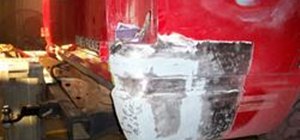
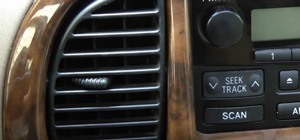

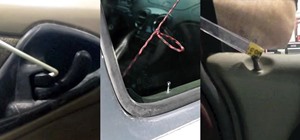
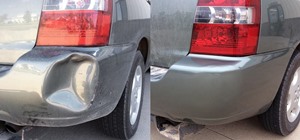

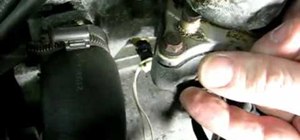
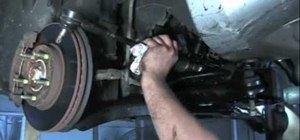
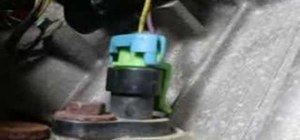

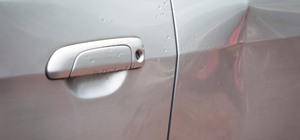
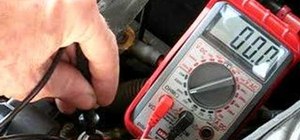
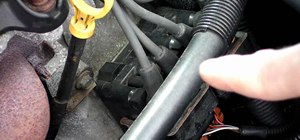

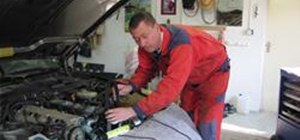
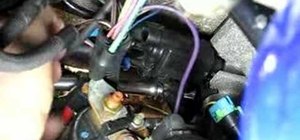
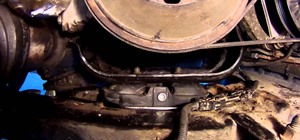
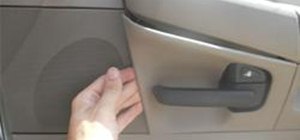
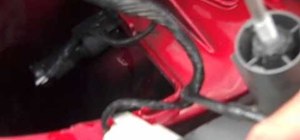
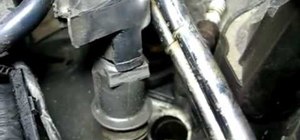
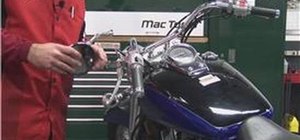
Be the First to Comment
Share Your Thoughts